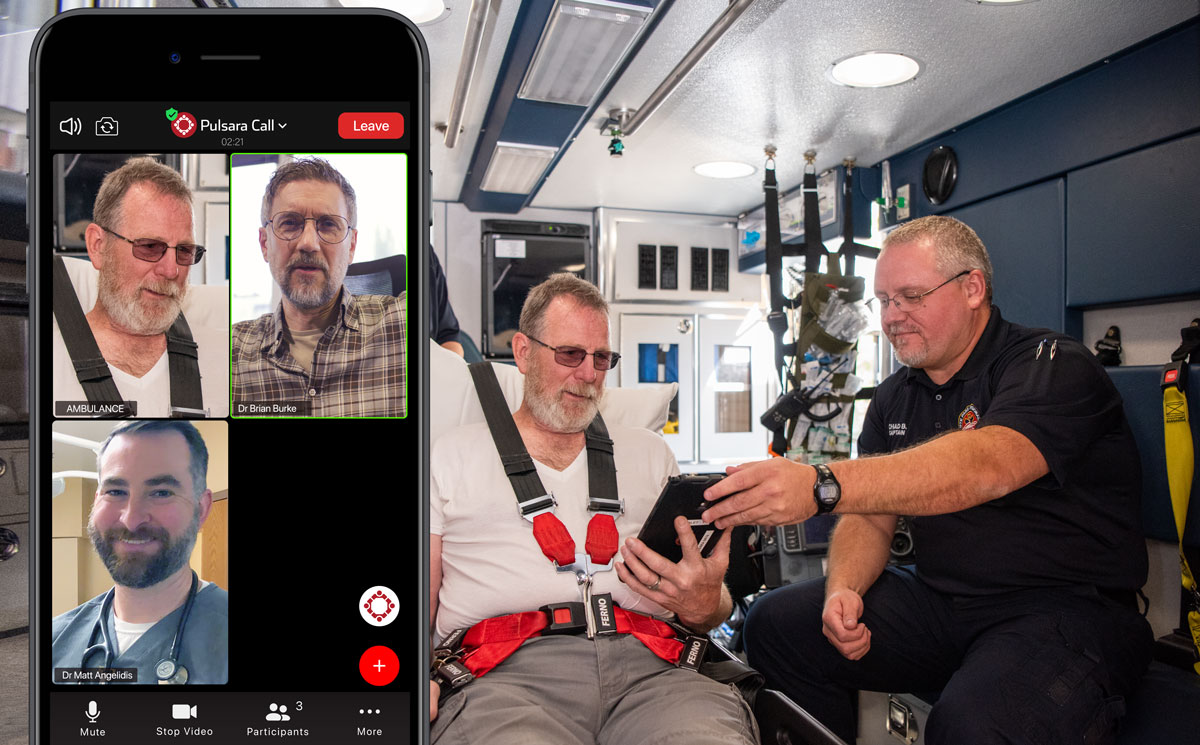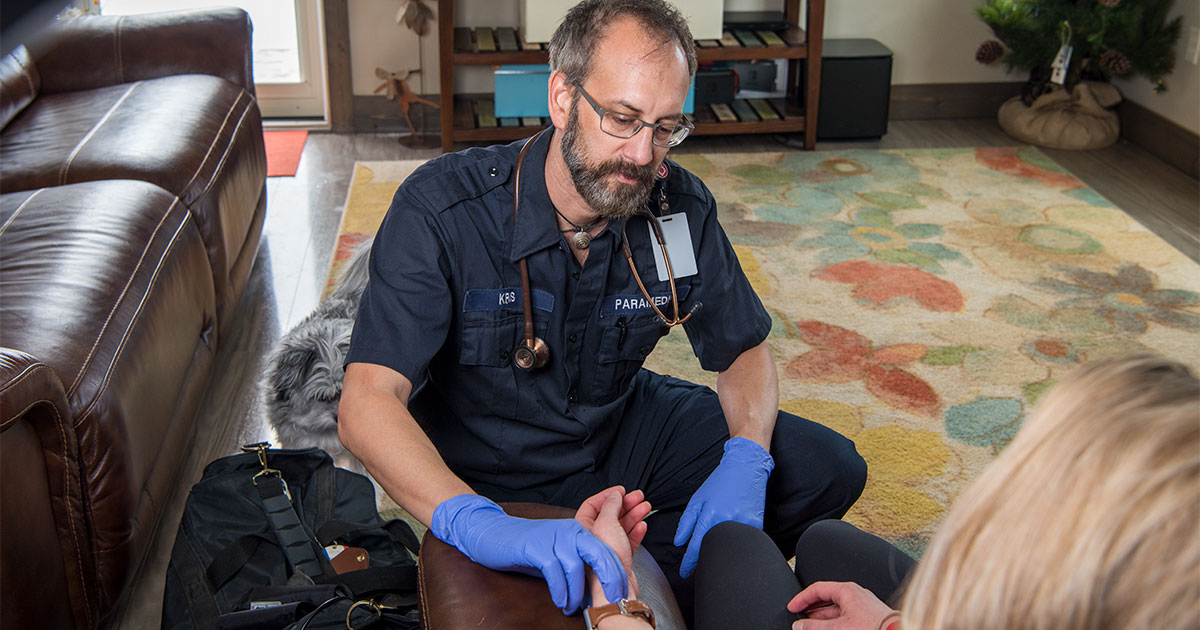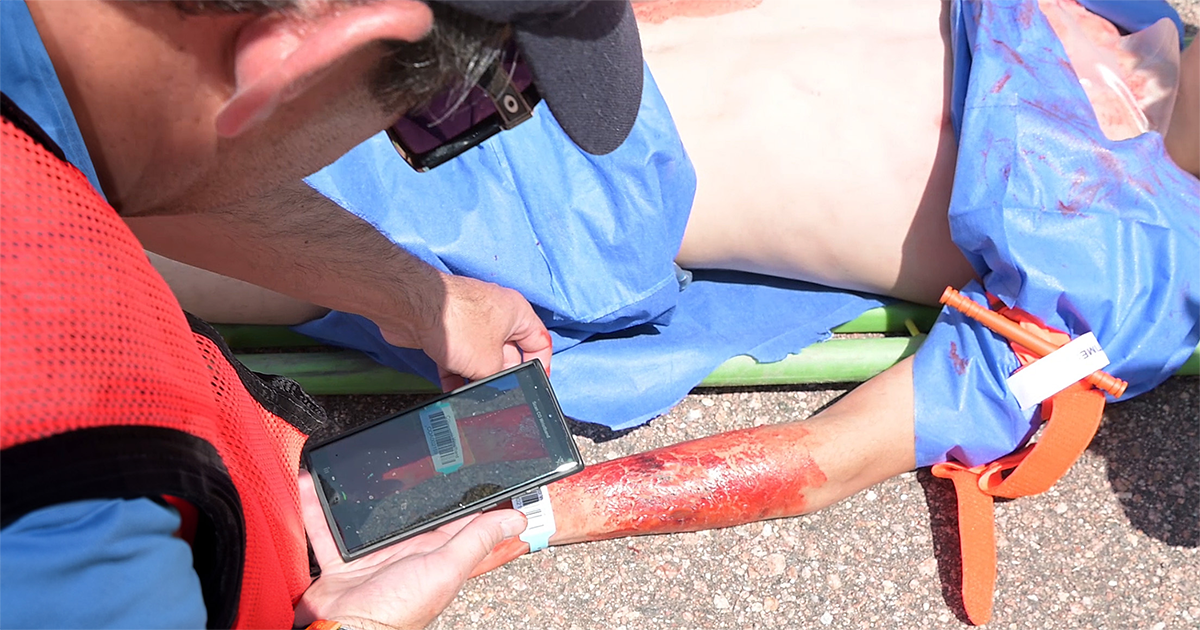Pulsara Around the World - May 2024
April Recap With 15 events under our belt, April was the busiest trade show month for our team...possibly ever! If you didn't get the chance to...
1 min read
 Team Pulsara
:
Feb 16, 2017
Team Pulsara
:
Feb 16, 2017

EDITOR'S NOTE: Special thanks to Scott Stanley for writing today's blog post. You can connect with him on LinkedIn.
... No, it's not chocolates and flowers.
The medical research community is continually providing us with exciting new technology and clinical findings that can make our jobs in EMS easier and our treatments more precise. So why are we not always sharing these findings with our patients? Well I’m here to tell you, those 80’s parachute pants were great 35 years ago but it’s time to buy some new britches.
 Among the new tools that have come from years of research are more specific and reliable prehospital stroke scales. These new scales are more accurate in predicting Large Vessel Occlusions (LVOs), which is immensely helpful in determining the appropriate destination for your stroke patients. In a recent blog by Richard T. Benson II, MD, Joseph Grover, MD, Jane Brice, MD, MPH, the authors discuss the importance of endovascular treatment for these LVOs as opposed to treating them with tPA alone. LVO strokes need to be transported to a comprehensive stroke center (CSC) where this treatment is available for the best chance of patient survival and recovery.
Among the new tools that have come from years of research are more specific and reliable prehospital stroke scales. These new scales are more accurate in predicting Large Vessel Occlusions (LVOs), which is immensely helpful in determining the appropriate destination for your stroke patients. In a recent blog by Richard T. Benson II, MD, Joseph Grover, MD, Jane Brice, MD, MPH, the authors discuss the importance of endovascular treatment for these LVOs as opposed to treating them with tPA alone. LVO strokes need to be transported to a comprehensive stroke center (CSC) where this treatment is available for the best chance of patient survival and recovery.
We have a certain resistance to change in the prehospital arena. However, updating our current prehospital stroke scales and using them properly will likely improve patient outcomes. There are three prehospital stroke scales that have been proven to have a higher likelihood of identifying an LVO vs. a non-LVO stroke. These scales are the Cincinnati Prehospital Stroke Severity Scale (SPSSS), the Rapid Arterial Occlusion Evaluation (RACE) and the Field Assessment Stroke Triage Emergency Destination (FAST-ED). Adopting, learning and using one of these scales can help to accurately determine the appropriate facility to take your patient to and a better quality of life upon leaving that facility for that patient.
So, when you are shopping for that perfect gift for your patient, think about giving them something that is priceless. Consider giving them the chance to survive a potentially devastating stroke by taking them to the most appropriate facility; and remember: that may not always be the closest one!

April Recap With 15 events under our belt, April was the busiest trade show month for our team...possibly ever! If you didn't get the chance to...

EDITOR'S NOTE: The following is an excerpt from an article by Larry Beresford, originally published on EMS World on April 3rd, 2024. Check out the...

EDITOR'S NOTE: This article originally appeared on EMS1.com. Special thanks to our guest author, John Erich, for EMS1 BrandFocus Staff.__ No matter...